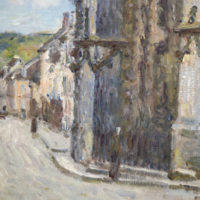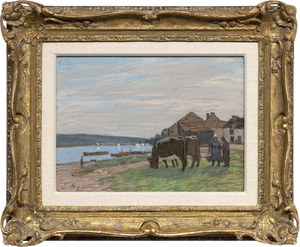ألفريد SISLEY & nbsp(1839-1899)
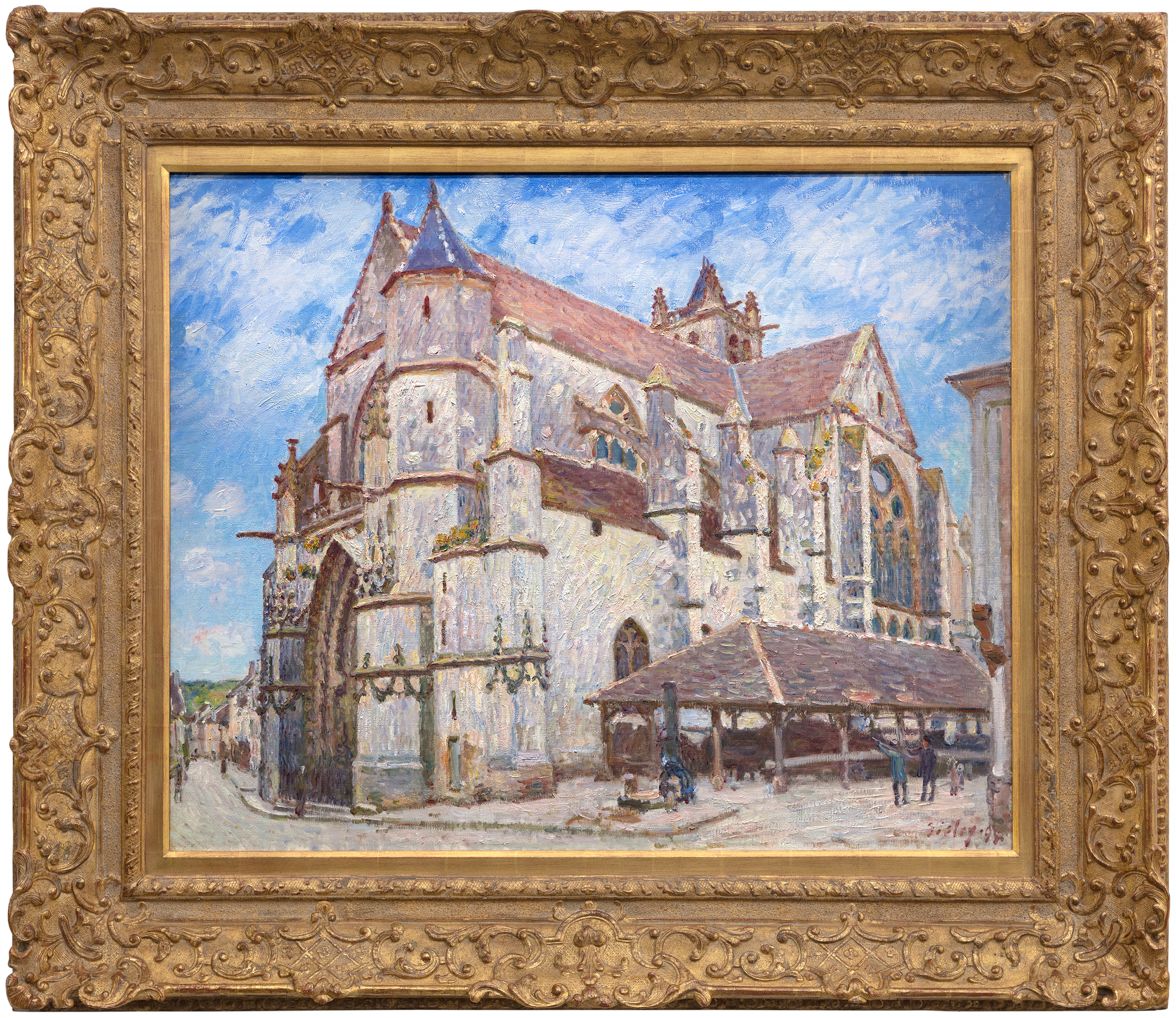
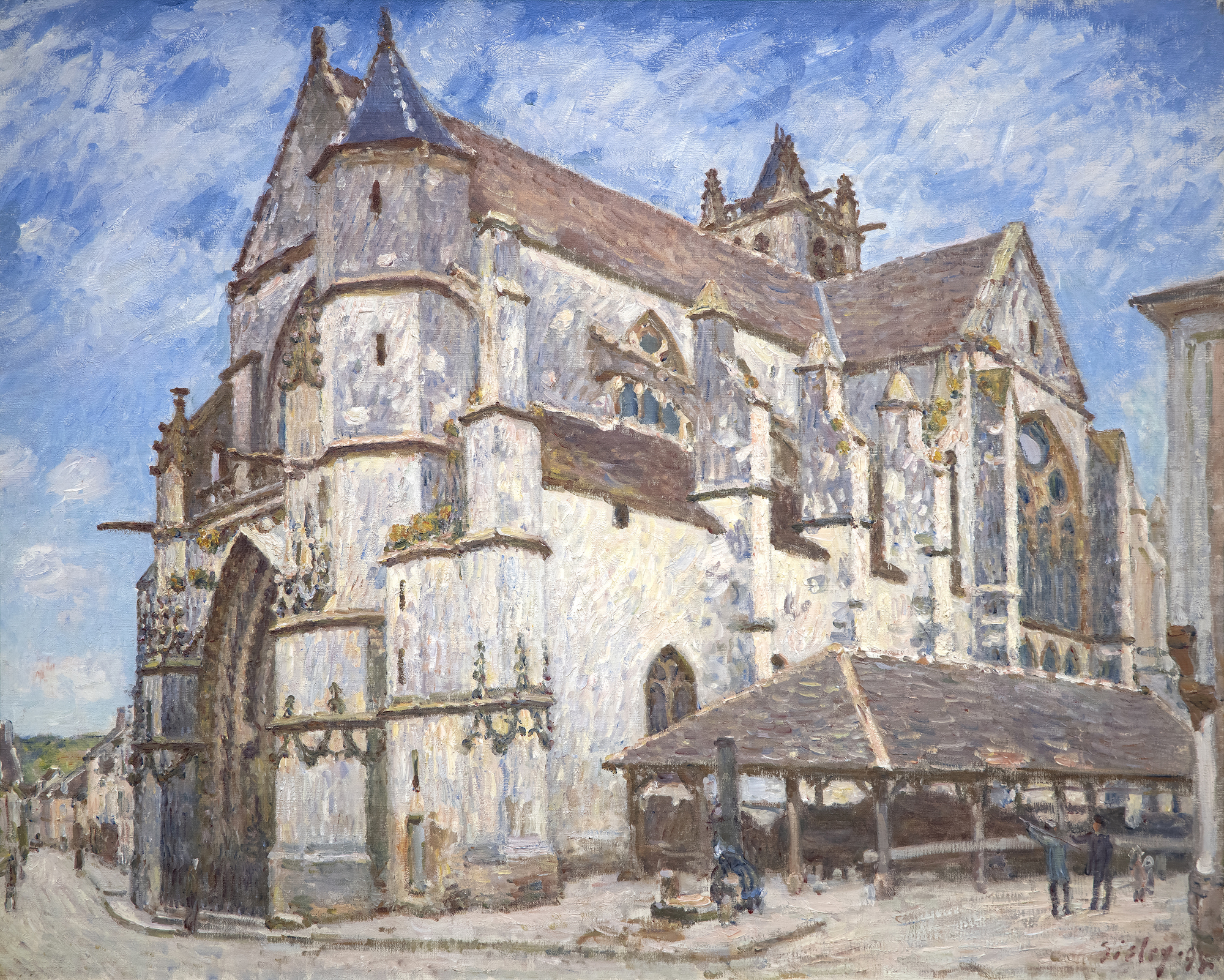
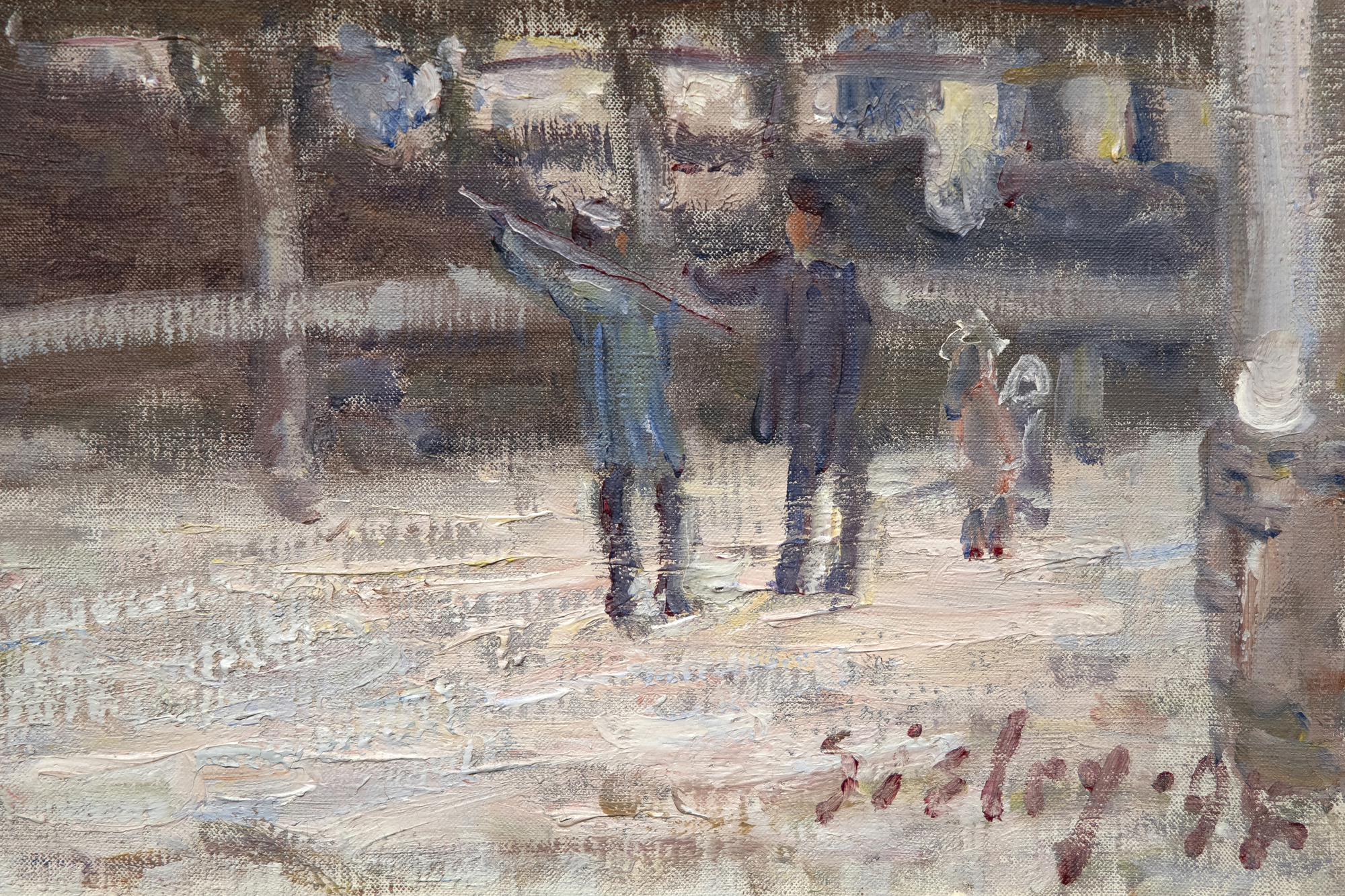
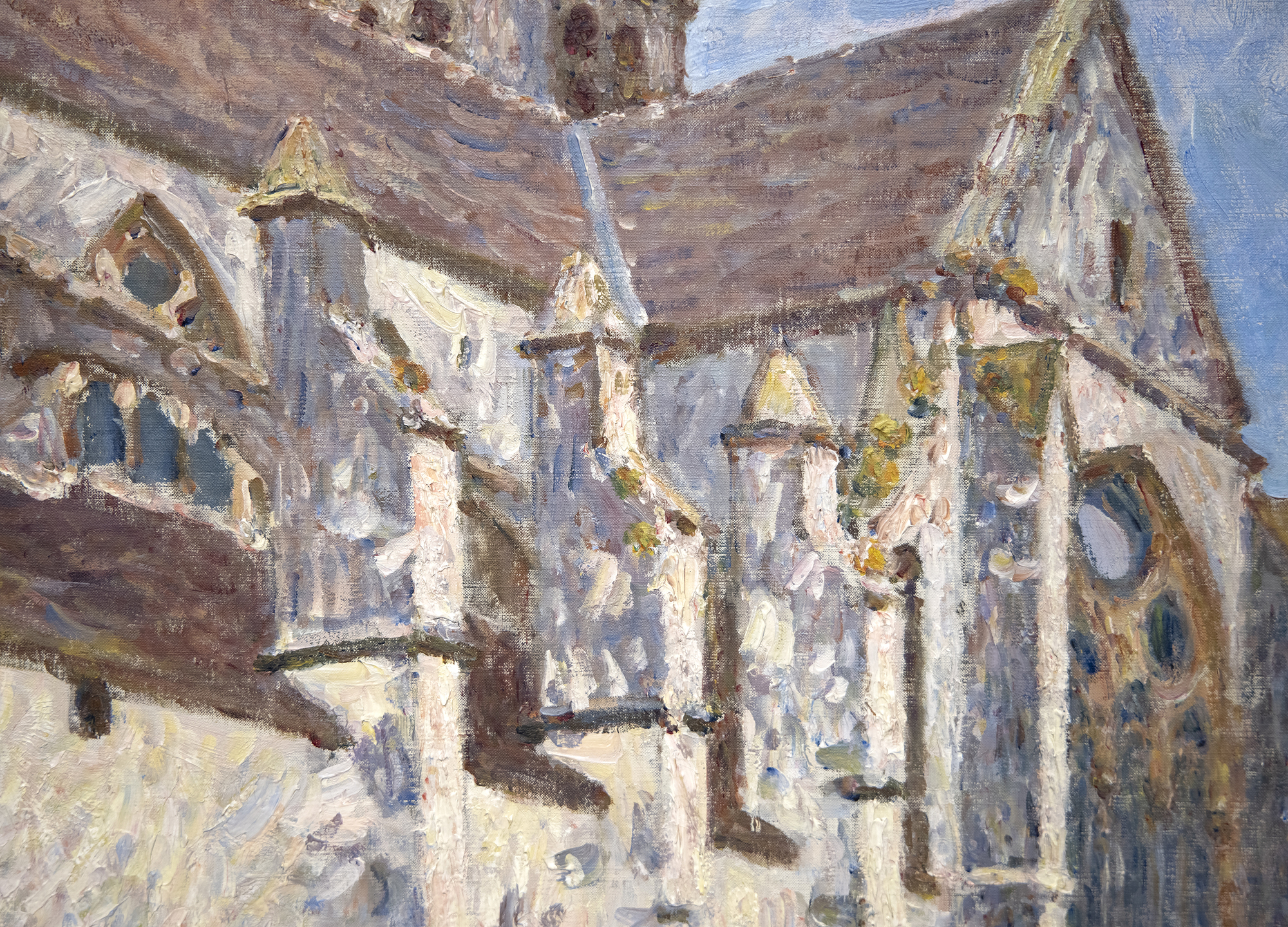
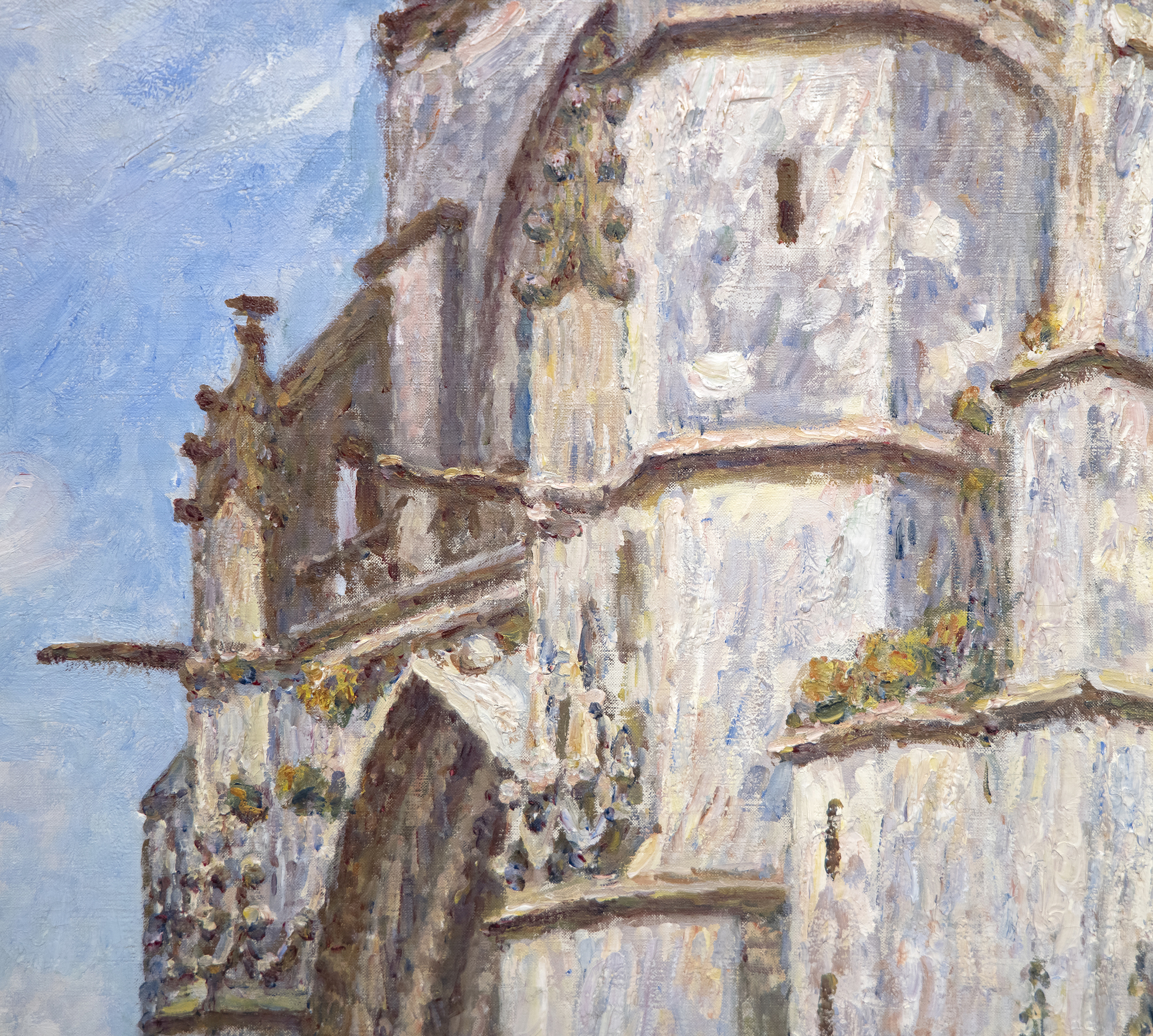
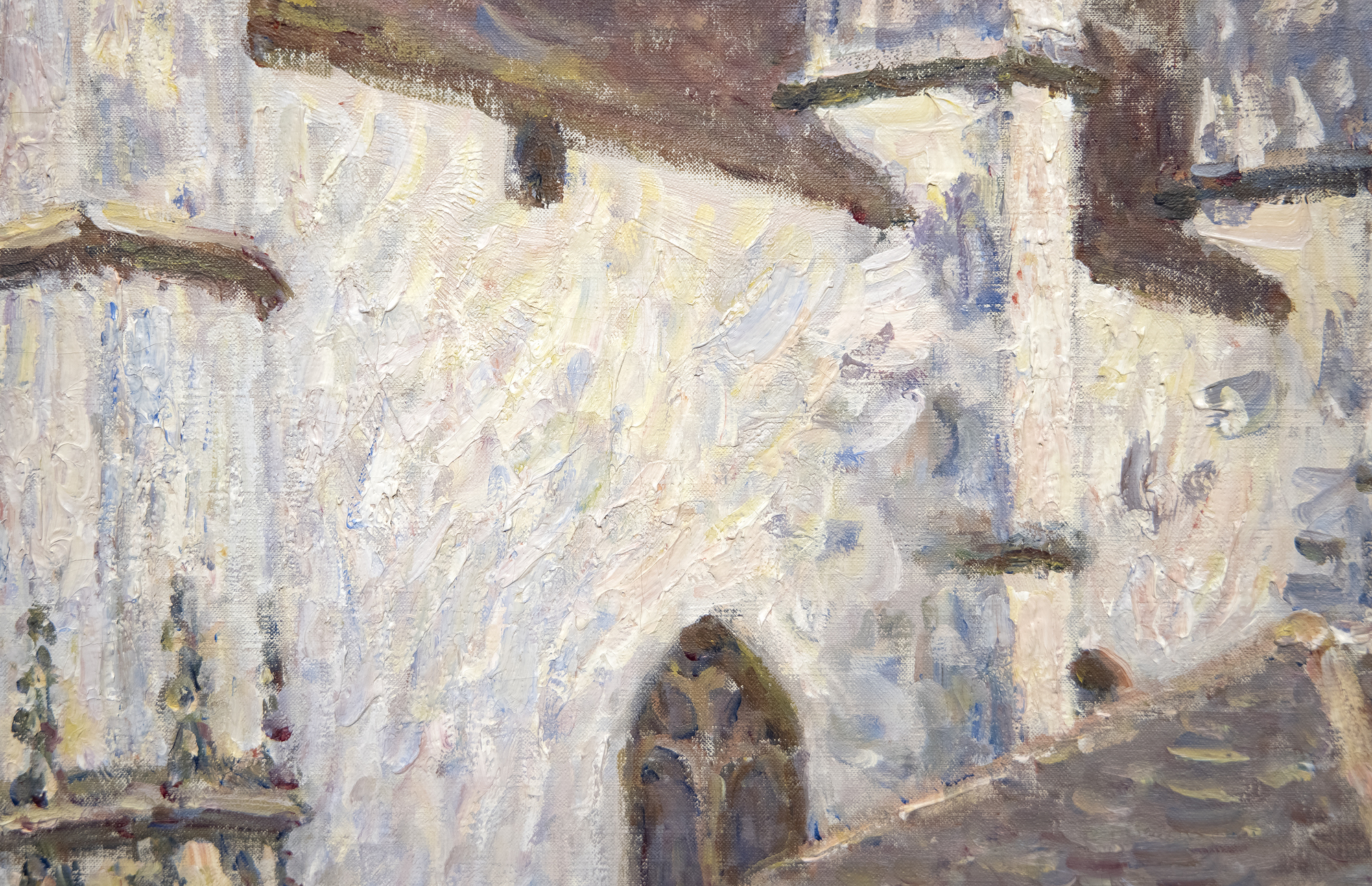
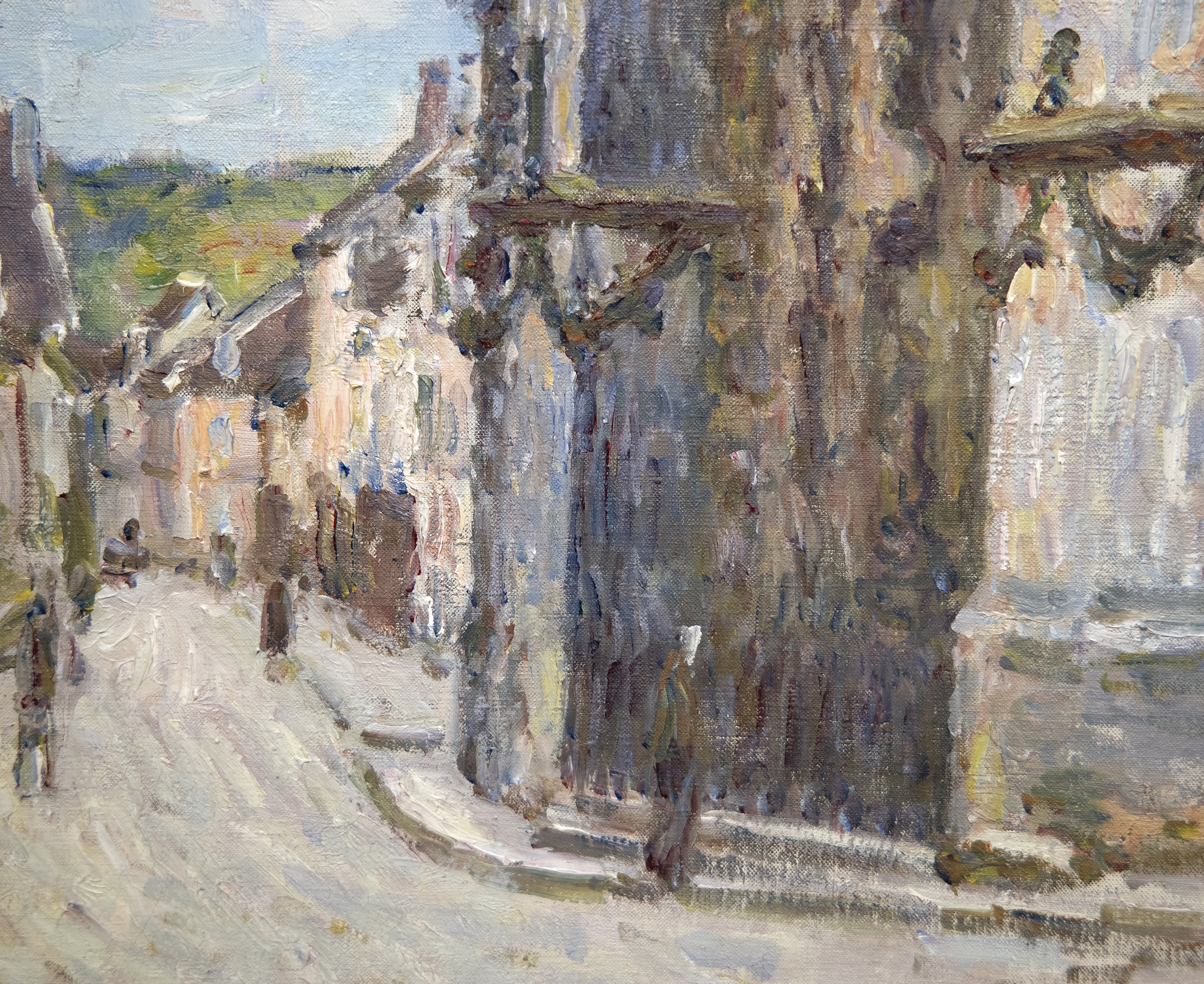
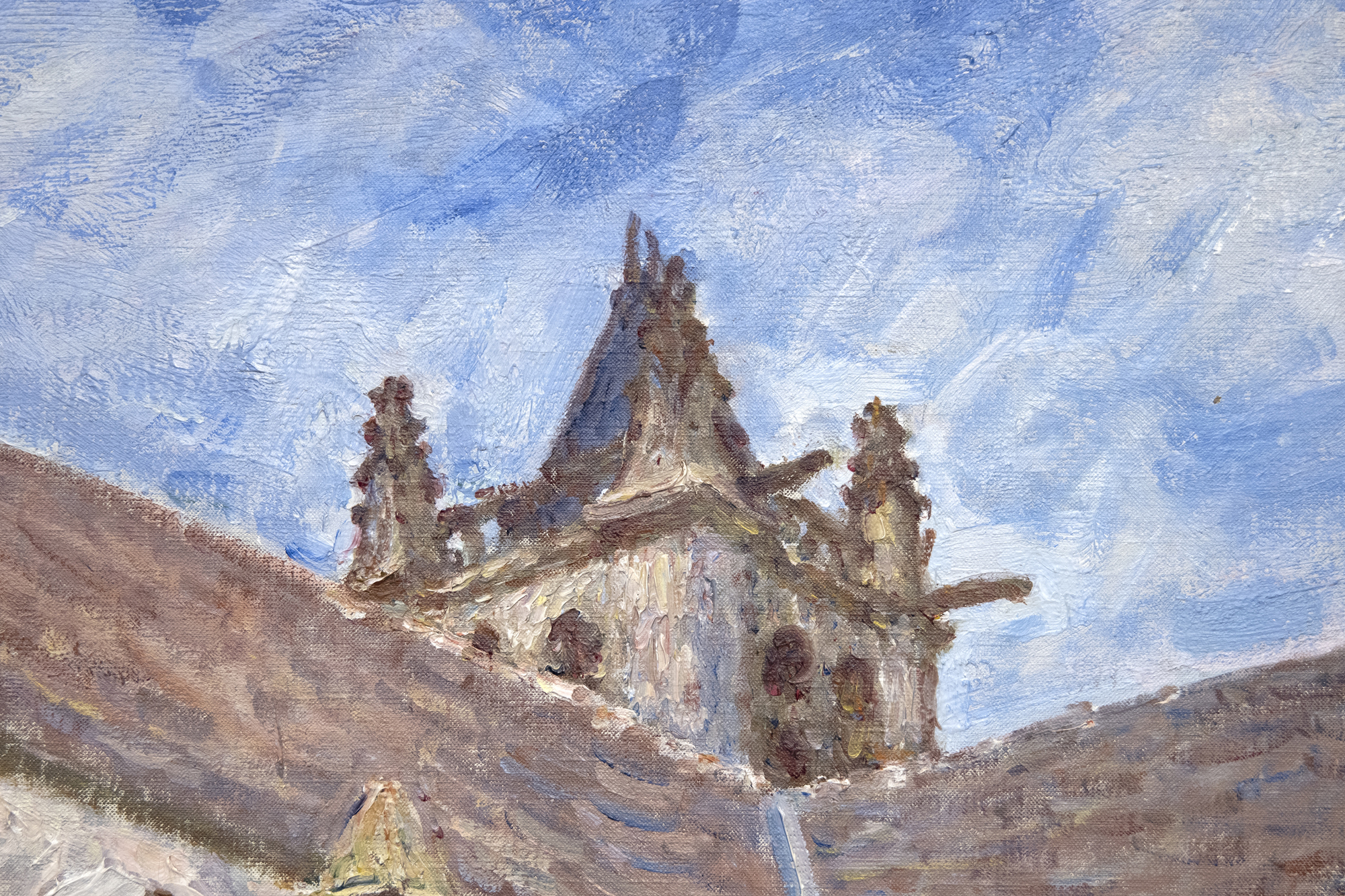
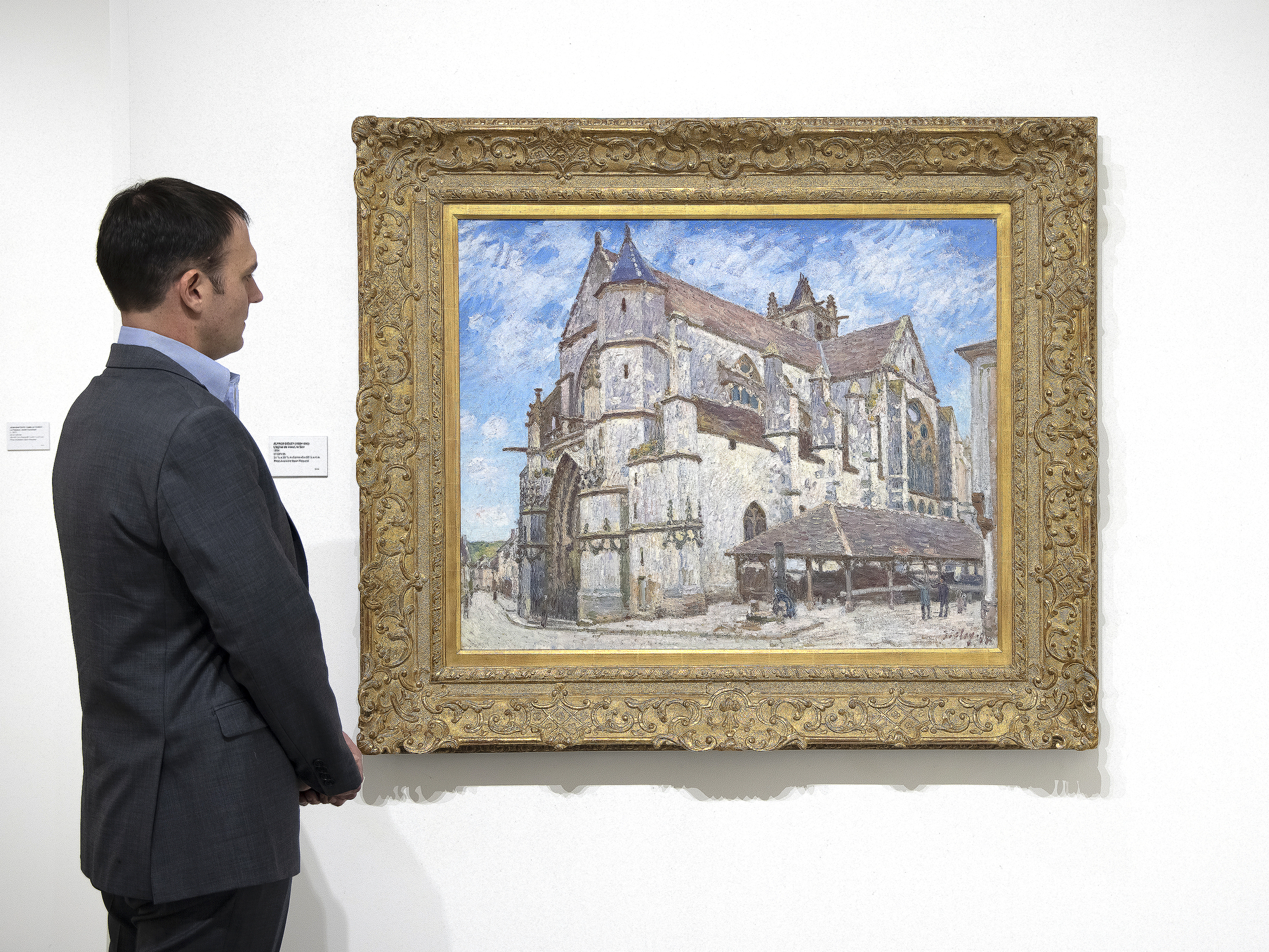
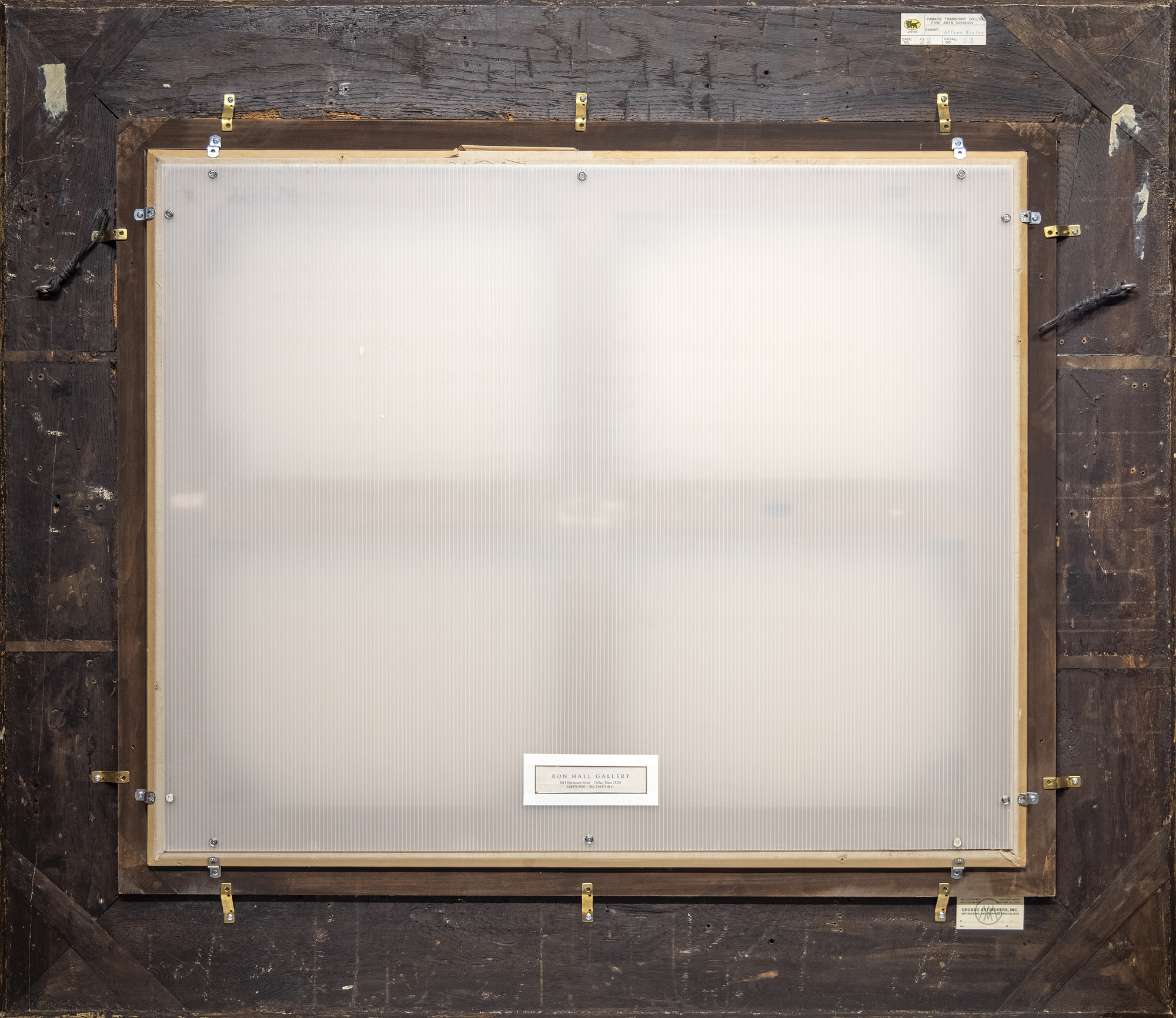
الاصل
سيسلي العقاريةبيع: Vente de l'Atelier Sisley, Galeries Georges Petit Paris, May 1, 1899, lot 13
جورج فياو، باريس
بيع: فندق دروت باريس، 20 فبراير 1908، قطعة 37
مجموعة بيرسون، باريس (تم الاستحواذ عليها في عملية البيع المذكورة أعلاه)
بيع: فينتي بيرسون، غاليري بول كاسيرير برلين، 18 أكتوبر 1927، قطعة 65
مجموعة خاصة
بيع: فندق دروت، باريس، 23 يونيو 1928، قطعة 98
مجموعة أوبيرت ، باريس (تم شراؤها في البيع أعلاه ؛ ربما مارسيل أوبيرت)
مجموعة خاصة إدوارد ناهيم غاليري
S... اكثر...تيفن بيدوفيتز ، بوكا راتون ، فلوريدا (تم الحصول عليها في عام 1989)
مجموعه خاصه ، نيويورك
لاري لاسيرت ، دالاس (تم الاستحواذ عليه في عام 1991)
مجموعة خاصة (تم الحصول عليها عام 1996)
معرض
طوكيو، متحف إيسيتان للفنون؛ كاغاوا، متحف تاكاماتسو البلدي للفنون؛ هيروشيما، متحف الفن وواكاياما، متحف إدارة الفن الحديث، معرض ألفريد سيسلي، 2000، العدد 53، مصور بالألوان الصفحات 138-139الادب
O. Reuterswaerd, 'Sisley's Cathedrals, A Study of the Church at Moret' in Gazette des Beaux Arts, March 1952, fig. 1, illustrated p. 194ف. دولتي، ألفريد سيسلي. Catalogue raisonné de l'œuvre peint, لوزان, 1959, No. 835, موضح بالأبيض والأسود
ف. دولتي، سيسلي. Les Saisons, Paris, 1992, No. 41, موضحة بالألوان ص 73
() R. Shone, Sisley, New York, 1992, pl. 134, موضح بالألوان ص 170 (مذكور الصفحات 164-165)
Brame، S.، Sisley، A.، Lorenceau، F.، & Daulte، O. (2021). ألفريد سيسلي: كتالوج نقد البينتورات والباستيل. ص 347 مريض. 347, 501
... اقل...
التاريخ
بين إيل دو فرانس وبورغندي وعلى حافة غابة فونتينبلو تقع قرية موريه سور لوينغ التي تعود للقرون الوسطى، والتي أنشئت في القرن ال12. عندما وصف ألفريد سيسلي شخصيته لمونيه في رسالة مؤرخة 31 أغسطس 1881 بأنها "منظر طبيعي لصندوق الشوكولاتة ..." كان يقصدها كتذكار للإغراء. أن الاحتفاظ بها ، والأسوار ، والكنيسة ، والبوابات المحصنة ، والواجهات المزخرفة التي تقع على طول النهر كانت ، بالنسبة للرسام ، مكانا من السحر الذي لا مثيل له. ستكون الكنيسة القديمة ، التي تعد دائما أكثر ميزات المدينة إثارة للدهشة على طول وادي السين ، موجودة في مناظر مدينة سيسلي كما كانت بالنسبة ل Corot ، ولمونيه في Vétheuil. ولكن على عكس مونيه الذي تم إعدام ثلاثين منظرا لكاتدرائية روان حتى يتمكن من تتبع لعب الضوء والظل عبر واجهة الكاتدرائية والتقاط الطبيعة السريعة الزوال للتغيرات لحظة بلحظة في الضوء والجو ، شرع سيسلي في تأكيد الطبيعة الدائمة لكنيسة نوتردام في موريت سور لوينغ. كان الشاغل الوحيد لمونيه هو الهواء والضوء، ويبدو أن تذكار سيسلي هو تذكار تكريمي. تنضح اللوحة باحترام المهندسين المعماريين والبنائين الأصليين لهيكل منيع وحازم للغاية ، فقد وقفت آنذاك كما كانت في تلك العصور الوسطى ، والتي تقف بالنسبة لنا اليوم ، كما هي ، إلى زمن سحيق.
ومع ذلك ، سعى سيسلي جاهدا لإظهار المظهر المتغير للزخارف من خلال سلسلة من التغيرات الجوية. أعطى عناوين الأعمال مثل "In Sunshine" و "Under Frost" و "In Rain" وعرضها كمجموعة في صالون Du Champ-de-Mars في عام 1894 ، وهي عوامل تشير إلى أنه فكر فيها كتفسيرات متسلسلة. ومع ذلك ، على عكس عمل مونيه ، l'église de Moret ، يكشف Le Soir أن سيسلي اختار عرض الفكرة ضمن سياق مكاني يبرز سماته التركيبية - المنظور الهابط للشارع الضيق على اليسار ، والركود القطري القوي لخطوط البناء كموازنة لليمين ، والوزن المهيب للمبنى الحجري فوق خط البصر.
رؤى السوق
- يبلغ السعر القياسي للوحة سيسلي في المزاد أكثر من 9 ملايين دولار ، تم تحديده في عام 2017 من خلال مشهد شتوي أصغر بكثير من L'église de Moret ، le Soir
- لا يوجد سوى 884 لوحة زيتية لسيسلي في الوجود ، والعديد منها في مجموعات متحف دائمة ، تاركة القليل من الأمثلة الممتازة على نطاق واسع التي يمكن أن تصبح متاحة للبيع الخاص.
- L'église de Moret, le Soir كبيرة بشكل استثنائي مقارنة بأعمال سيسلي الأخرى ، وتنتمي إلى نفس المجموعة الخاصة منذ عام 1996 ، مما يضيف إلى قيمتها
- وهي موقعة في أسفل اليمين "سيسلي 94" وموثقة في كتالوج سيسلي ( F. Daulte, Lausanne, 1959, No. 835, موضحة بالأبيض والأسود)
- يصور كنيسة نوتردام في موريت ، وهو موضوع مهم أعاد سيسلي النظر فيه ما يقرب من عشر مرات منذ أن استقر في موريت في عام 1889
لوحات مماثلة تباع في مزاد علني

"Effet de Neige à Louveciennes" (1874) بيعت مقابل 9,064,733 دولار.
- لوحة أصغر مع لوحة ألوان صامتة ، ولكن ظلال جميلة
- مشهد الشتاء النادر
- تحديد السعر القياسي لسيسلي في مزاد علني في 2017

"Le loing à Moret" (1883) بيعت مقابل 4,869,000 دولار.
- أصغر بكثير من قطعتنا
- أقل تشطيبا مع عدم وجود أرقام
- ضوء جميل ولوحة ألوان

"Moret-sur-Loing" (1891) مقابل 4,685,031 دولارا.
- لوحات سيسلي الكبيرة مثل هذه اللوحة ولوحاتنا نادرة وأكثر قيمة
- بيعت قبل ثماني سنوات بأكثر من 4.6 مليون دولار ، ونما السوق

"Le loing à Moret, en été" (1891) بيعت مقابل 5,746,135 دولار.
- قماش كبير آخر من بضع سنوات سابقة
- مثل لوحتنا، فإنه يتضمن الرقم، مما يزيد من قيمة

































